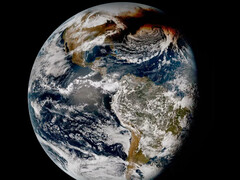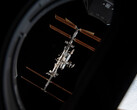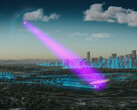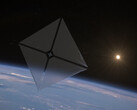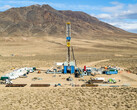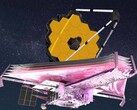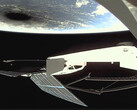It's only a 6-second movie, in 4K quality of course. And it's worth watching the time-lapse recording, which shows the progression of the shadow from the Pacific to eastern Canada, a few times.
Above all, you don't need to be lucky enough to have a clear sky above you to not miss the obscured sun. It is precisely the clouds that transform the shadows into a spectacle thanks to their changing height and density.
The whole thing was recorded by GOES-16, a geostationary satellite for monitoring the atmosphere from the same location above the earth. At almost exactly 36,000 kilometers (22,000 miles) above the Earth's surface, it rotates at the same speed as the Earth itself.
Its high-resolution photographs from a period of 7 hours were then compiled and made available by the European Space Agency. In addition, images were taken in many other, invisible spectra.
They are used to study the effects on clouds and the atmosphere. After all, it is not only the sunlight that is lost for a short time. The temperature also drops noticeably, particularly in the narrow area of the umbra, but also slightly in the penumbra. This changes air currents and also influences cloud formation.
Nevertheless, we still have to wait a while until the next total solar eclipse. It won't happen again until August 12, 2026. Then the umbra will be visible from Greenland to Spain.
Until then, it is worth taking a look at the 6-second strip every now and then.




